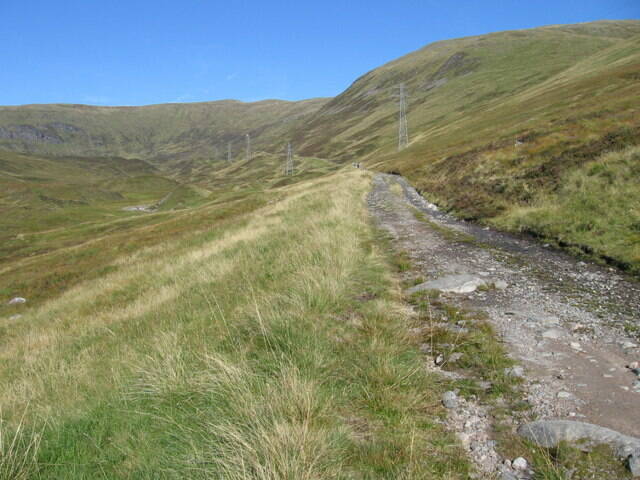Lord, grant that Marshal Wade
May, by thy mighty aid
Victory bring;
May he sedition hush
And, like a torrent, rush
Rebellious Scots to crush.
God save the King.
During the middle part of the 18th century (between 1728 and 1735) a network of military roads, with bridges, barracks and forts, sometimes called General Wade's Military Roads, was constructed in the Scottish Highlands as part of an attempt by the British Government to bring order to a part of the country which had risen up in the Jacobite rebellion of 1715.
General George Wade was the one who had come up with the Idea and had obtained the royal commission, but the actual execution was up to Wade’s engineer Major William Caulfeild, who doggedly continued the program after Wade’s death in 1748.
Wade’s ‘Highwaymen’ were toiling for years. Each group of 100 men was responsible for an impressive 150m of road a day.
It is an ironic fact but, during the second Scottish uprising in the 1740’s, the Highland forces of Bonnie Prince Charlie made excellent use of these ‘smooth’ roads, paths and tracks. In fact, the Jacobite army moved so fast that Wade, who had concentrated his troops in Newcastle, simply could not get to grips with the enemy. It was one of the main reasons of him being replaced by the Duke of Cumberland (the “butcher”) who ruthlessly destroyed the Jacobites at Culloden in 1746.
Although the network expanded considerably the programme ceased with Caulfeild’s death in 1767. By that time almost 1760 km of road from Dunkeld and Crieff in Perthshire to faraway places like Dalwhinnie, Ruthven, Fort William and Inverness were completed.
Despite the fact that Wade had been responsible for about 400 km of road and 30 bridges and Caulfeild the remaining 1360 km, the latter’s name has been largely forgotten.
By the end of the century, when a new Jacobite uprising seemed less and less likely, the need to maintain the roads for military purposes diminished and many sections fell into disrepair.
Today, parts of the old road can still be traced, either completely abandoned or serving as estate tracks or paths for walkers, riders and cyclists.
Much of the Great North Road from Dunkeld to Inverness has been subsumed by the railway and the A9, but it’s still possible to walk elsewhere along good sections of original military roads today.



Add comment
Comments